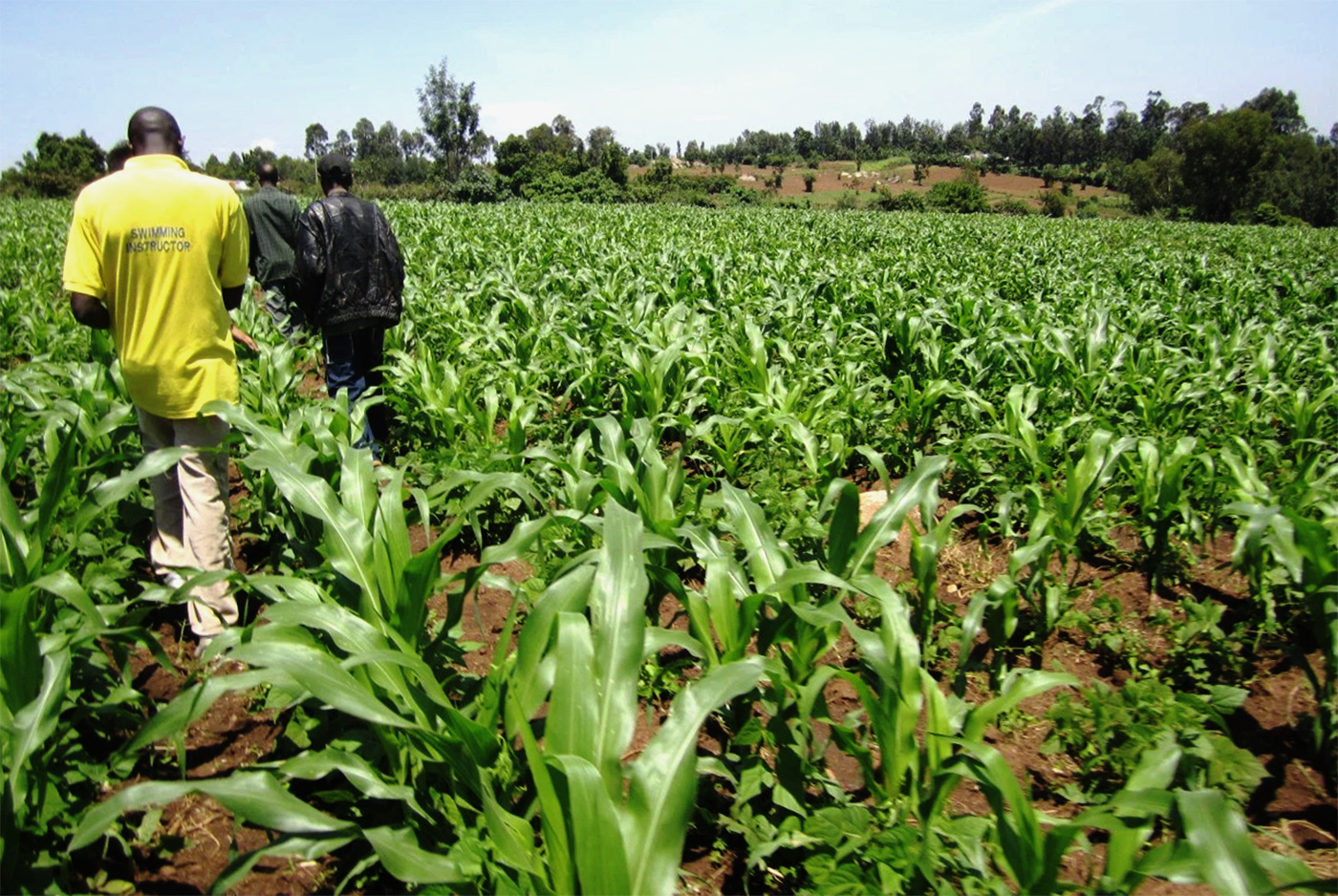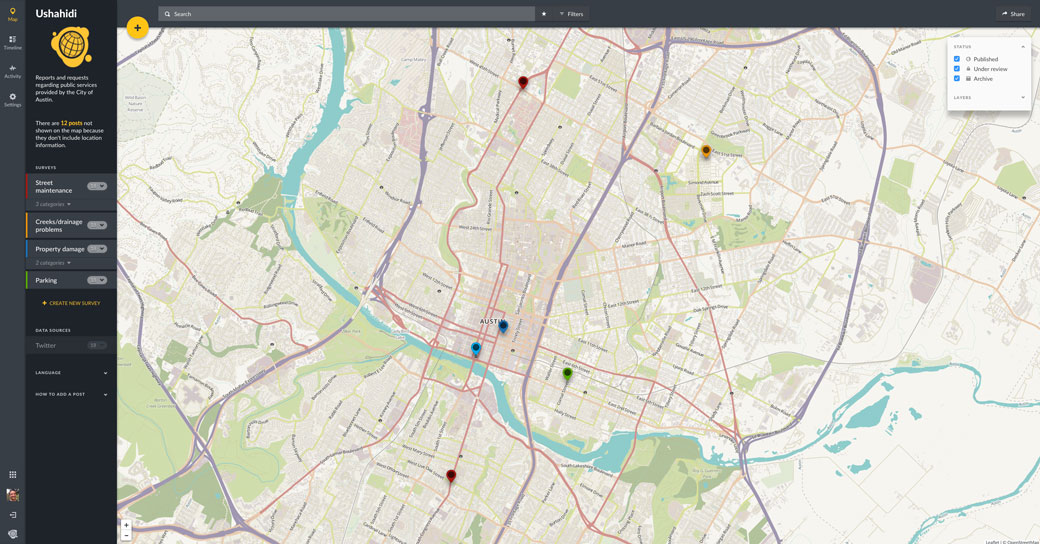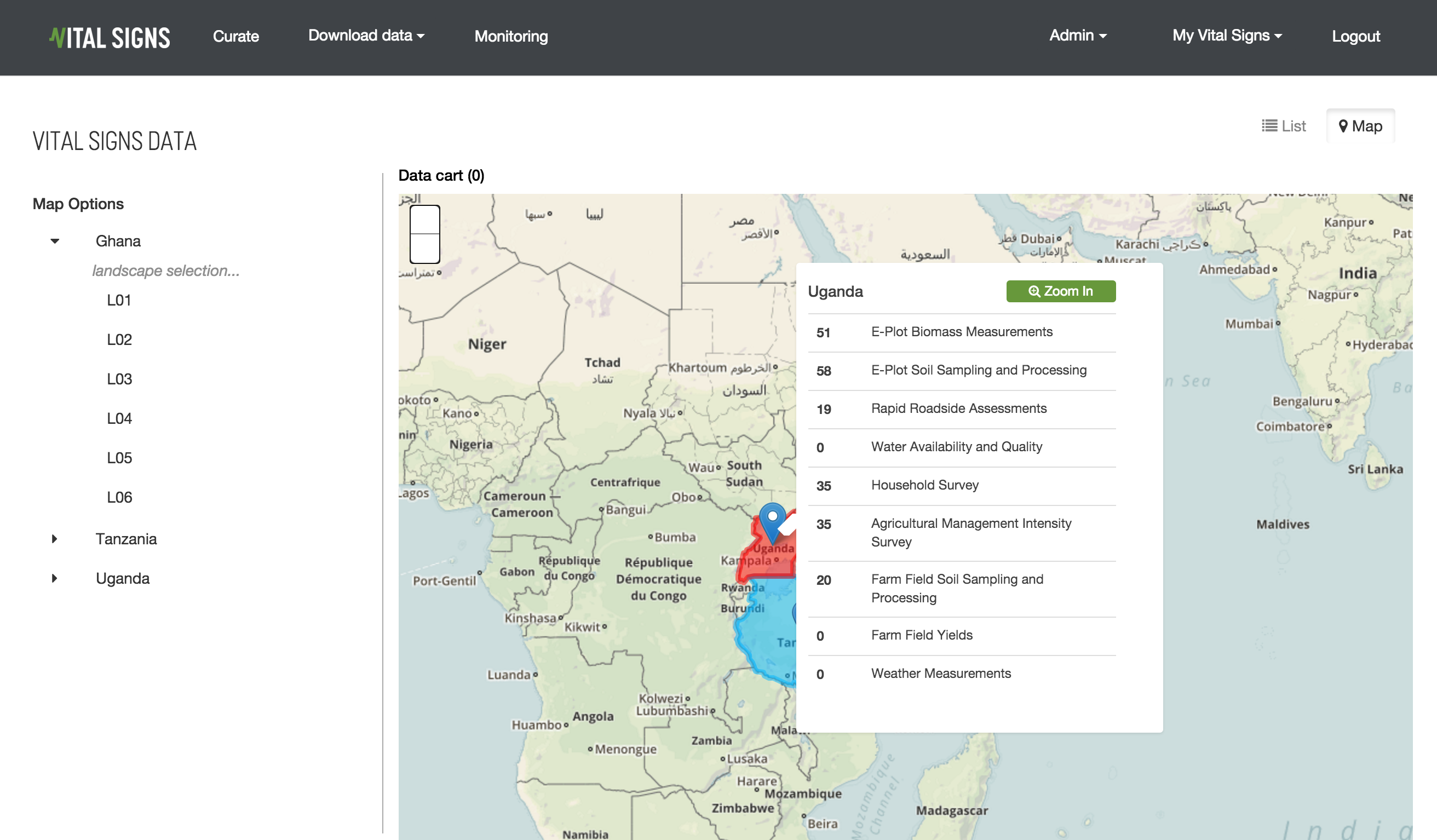The foundation of Vital Signs is providing open-access information at all the scales that are relevant for agricultural decision-making – from a smallholder farmer household to a farm plot, landscape, region, and all the way to the globe
Project Background
Current agricultural practices are degrading the environment, reducing economic opportunities and destroying ecosystems. With an estimated 100% increase in food production needed in the next 30 years to feed the world’s burgeoning population, policy-makers have been grappling with the challenge of balancing food security with environmental sustainability.
Reliable, timely, and accessible data can help guide agricultural development decisions. The Vital Signs project aims to gather and integrate near-real-time, highly granular data on agriculture, ecosystems, and the well-being of populations. The data will be publicly accessible in an online environmental monitoring system, for the world’s top scientists and policy-makers to use.
The project is led by Conservation International (CI) with partners Columbia University, the Earth Institute, and the Council for Scientific and Industrial Research in South Africa. Vital Signs received initial funding from the Bill & Melinda Gates Foundation and the MacArthur Foundation to run a pilot in Uganda, Ghana, and Tanzania
Ushahidi, a technology leader in East Africa, was brought in as the technical and implementing partner for Vital Signs, bringing our extensive experience in data collection, aggregation, and dissemination to the project.
Building a Solution
Ushahidi’s Solutions team designed, built, and deployed a web-based environmental monitoring system for the Vital Signs partners.
Due to the ambitious scale of the project and the number of users that needed supporting, the platform requirements were very complex and changed often. The system needed to support large amounts of many different types of data, and allow users to manage, clean and download the data.
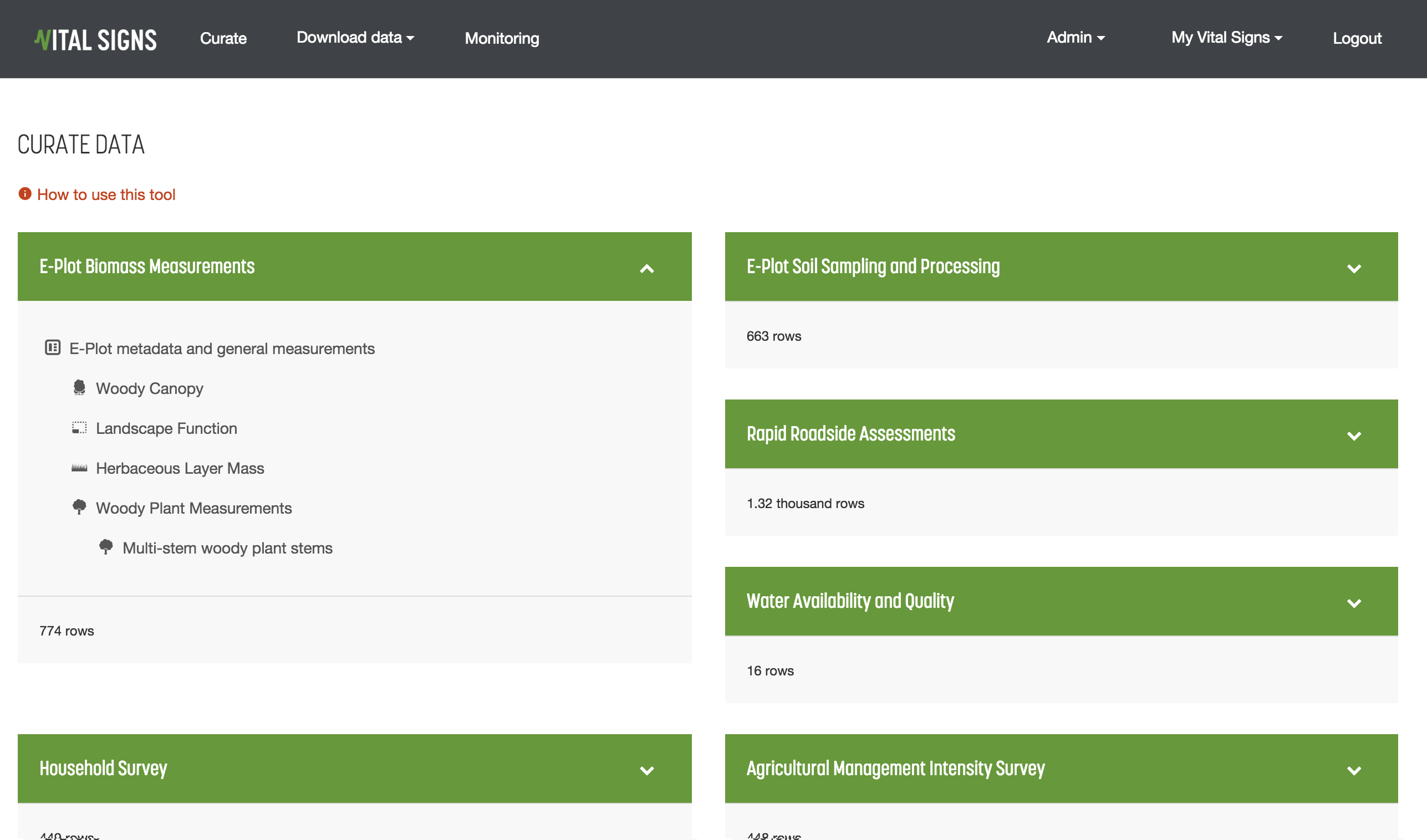
Ushahidi advised on the technology stack and designed the server and database architecture. Concurrently, we began an in-depth design thinking process to transform user needs into interface designs, first by breaking down the feature requirements into detailed steps, then creating sketches of the platform.
The entire process of building the platform itself took 4 months. Major custom components of the system include:
- A quality assurance tool that automatically suggested how data, such as species/genus names, could be cleaned up, and allowed users to do that easily.
- An interface allowing users to download any cross-section of the data they want, filtering by country, data protocol, and individual data sets.
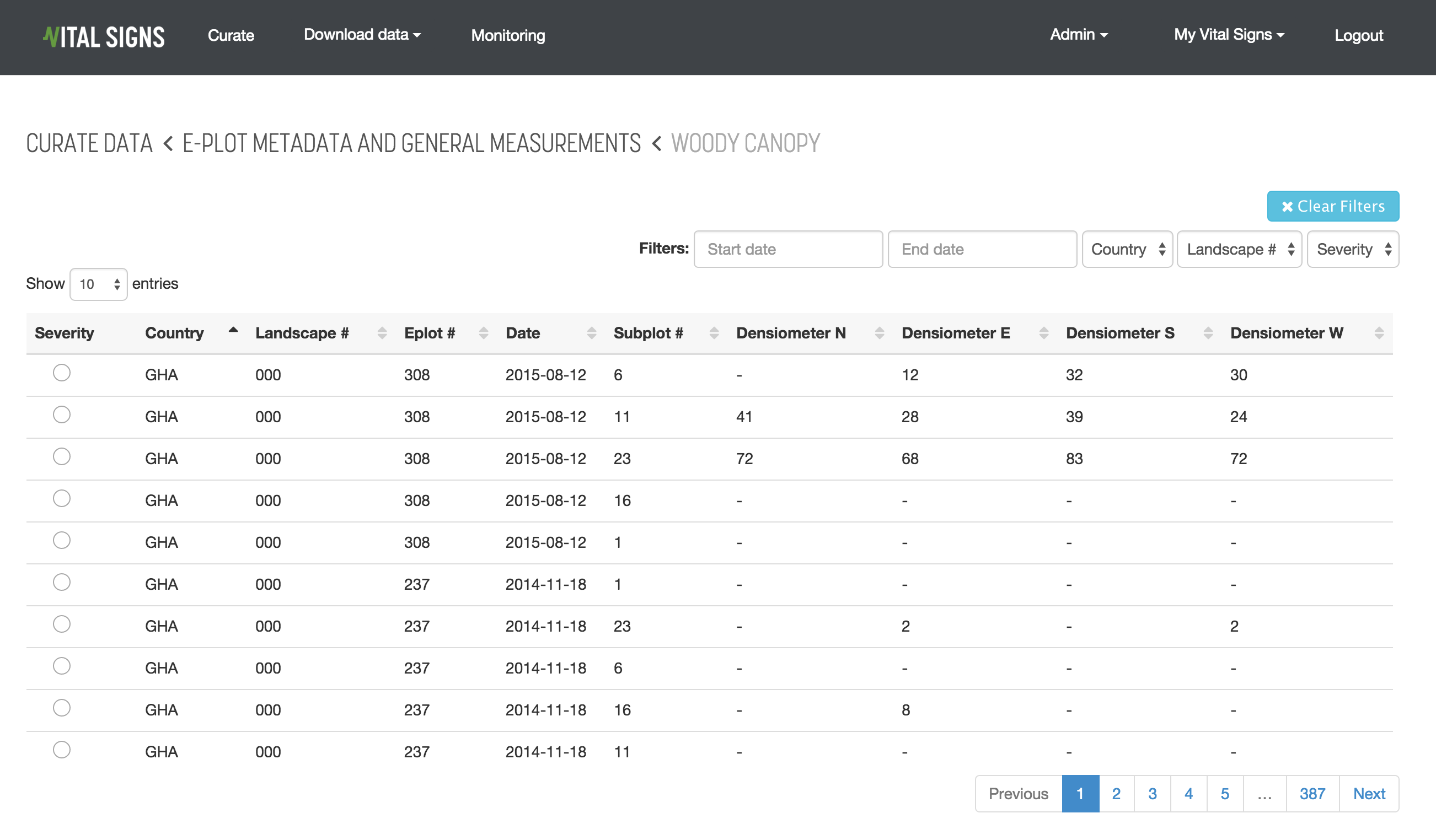
- A custom data curation tool allowing users to easily drill down to the data set they want and correct any mistakes that may have occurred during data entry.
- A user management system allowing administrators to control the data viewing privileges of each user.
During the project, Ushahidi also made 2 site visits in Ghana and Tanzania to advice on data collection methods and gain more understanding of existing processes. We also facilitated multiple partner workshops in Kenya and Tanzania to share progress and integrate stakeholder feedback.
Outcomes
The Vital Signs environmental monitoring system was successfully completed on time and handed over at the end of 2015.
Ushahidi’s technical expertise and ability to deliver under tight deadlines greatly contributed to the overall success of the pilot. The Vital Signs platform is now ready to scale to ten countries in Africa in the next two years - another step toward fulfilling the project’s primary mission of facilitating an equilibrium between increased agricultural output and environmental sustainability
